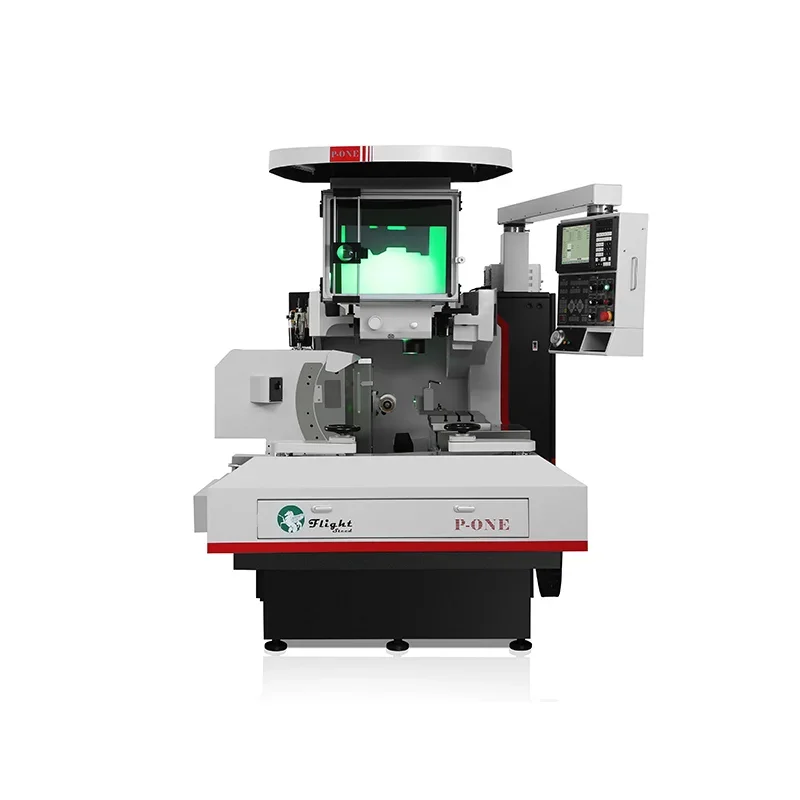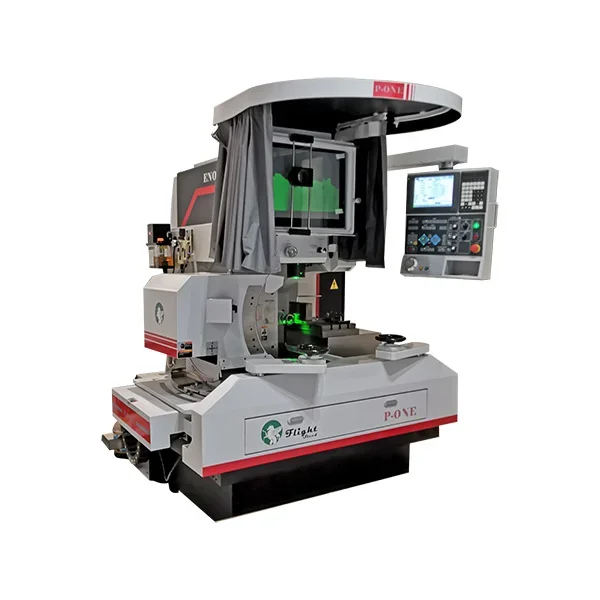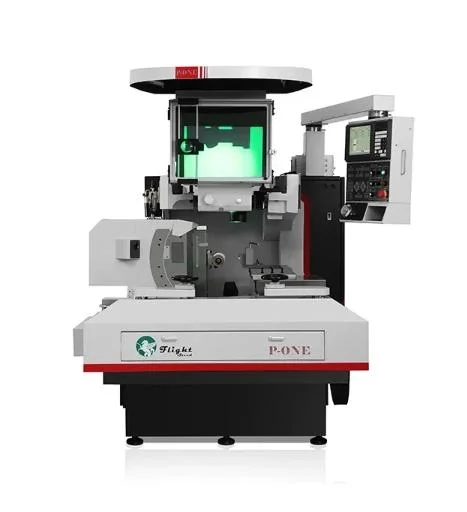Precision control is crucial in the manufacturing of optical components to ensure their accuracy and performance. One of the key tools used in this process is the P one Optical Curve Grinder. This article will explore the advantages of using this grinder in the production of optical components.
The Importance of Precision Control in Optical Component Manufacturing
Precision control plays a vital role in the manufacturing of optical components. These components are used in various industries, including telecommunications, medical devices, and aerospace. Any deviation from the desired specifications can result in compromised performance and functionality. Therefore, it is essential to use advanced tools like the P one Optical Curve Grinder to achieve the required precision.
Overview of the P one Optical Curve Grinder
The P one Optical Curve Grinder is a state-of-the-art machine designed specifically for grinding and polishing optical components. It utilizes advanced technology to ensure precise control over the grinding process, resulting in high-quality finished products. The grinder is equipped with various features that contribute to its advantages in optical component manufacturing.

Advantages of the P one Optical Curve Grinder
1. High Precision Grinding:
The P one Optical Curve Grinder offers exceptional precision control during the grinding process. It can achieve sub-micron level accuracy, ensuring that the optical components meet the required specifications. This level of precision is crucial for applications that demand high-quality optics, such as laser systems and imaging devices.
2. Customizable Grinding Parameters:
The grinder allows for customizable grinding parameters, enabling manufacturers to tailor the process to specific component requirements. This flexibility ensures that different types of optical components, including lenses, mirrors, and prisms, can be manufactured with optimal precision and efficiency.

3. Real-time Monitoring and Feedback:
The P one Optical Curve Grinder is equipped with advanced monitoring systems that provide real-time feedback during the grinding process. This feature allows operators to make immediate adjustments if any deviations or errors are detected, ensuring consistent quality throughout production.
4. Automated Operation:
The grinder incorporates automation technology, reducing the reliance on manual labor and minimizing human error. Automated operation not only improves efficiency but also ensures consistent results, as the machine follows pre-programmed instructions precisely.
5. Versatility in Component Size and Shape:
The P one Optical Curve Grinder is designed to accommodate a wide range of component sizes and shapes. Whether manufacturing small micro-optics or large telescope lenses, the grinder can handle various dimensions with equal precision. This versatility makes it a valuable tool for manufacturers working on diverse optical component projects.

Conclusion
Precision control is paramount in the manufacturing of optical components, and the P one Optical Curve Grinder offers significant advantages in achieving this control. With its high precision grinding capabilities, customizable parameters, real-time monitoring, automated operation, and versatility in component size and shape, this grinder is an indispensable tool for manufacturers seeking to produce high-quality optical components. By utilizing the P one Optical Curve Grinder, manufacturers can ensure the accuracy and performance of their optical components, meeting the demands of various industries and applications.
P One Optical Curve Grinder: Revolutionizing Precision Optics Manufacturing







